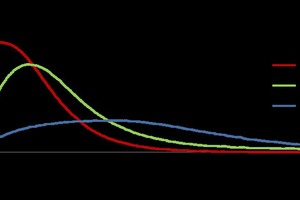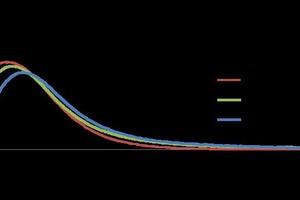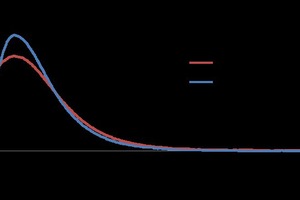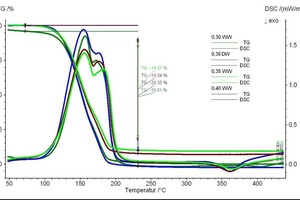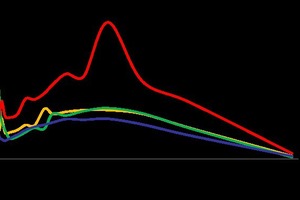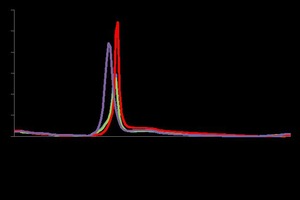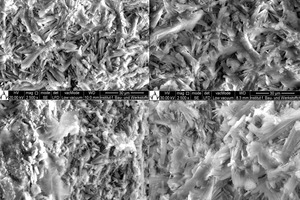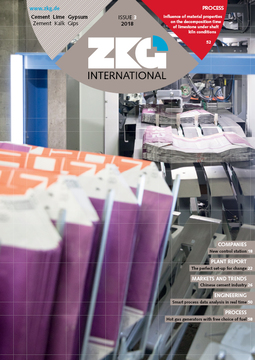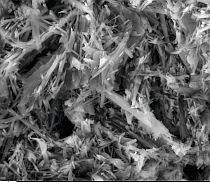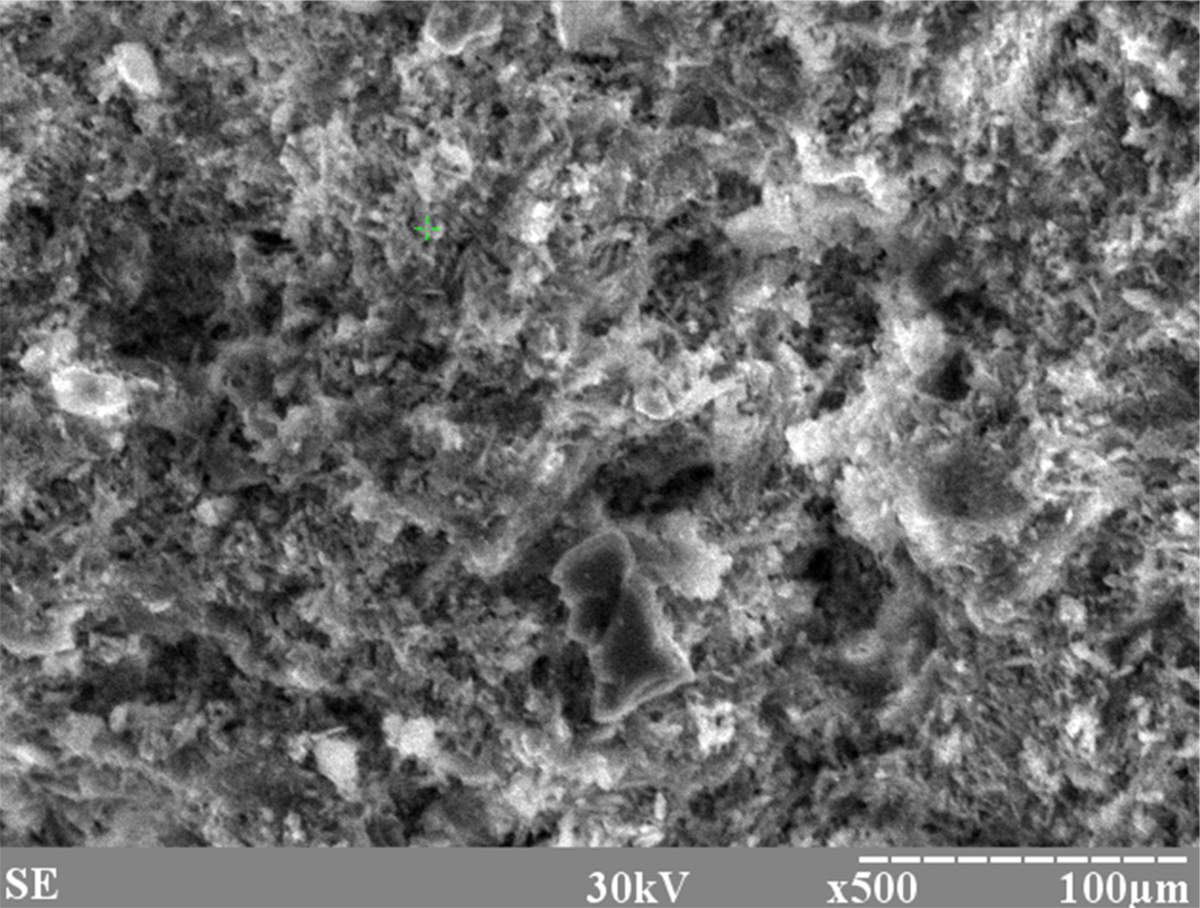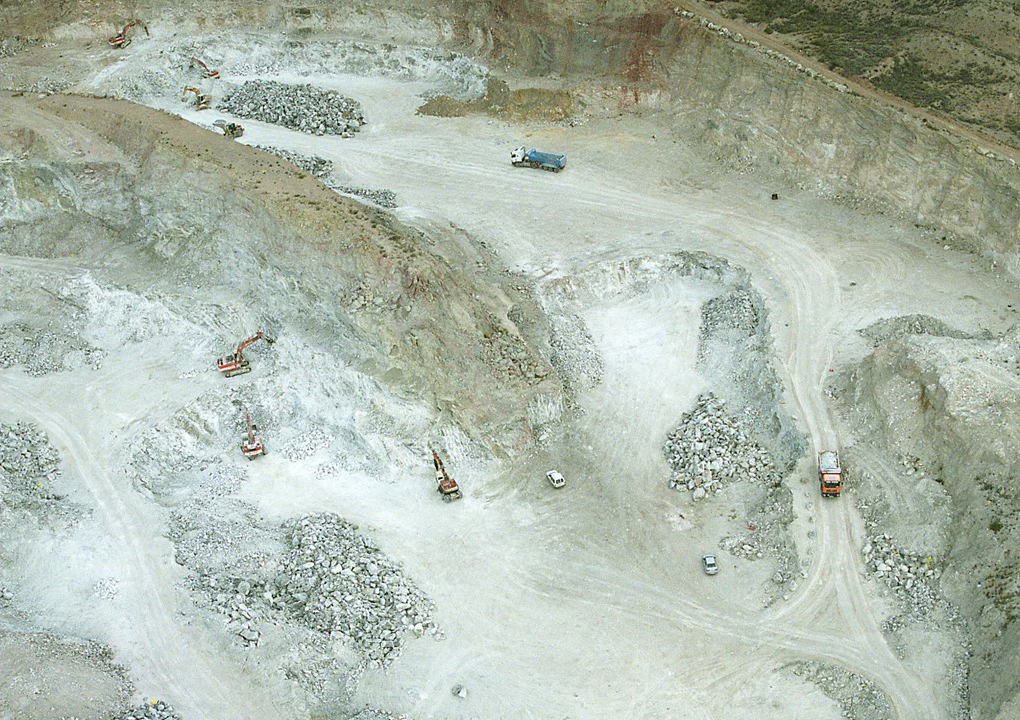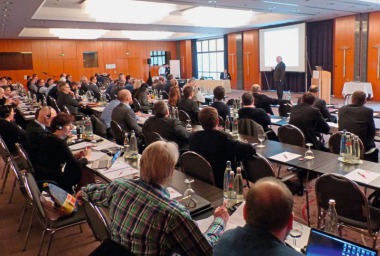Hydration investigation of α-calcium sulphate hemihydrates is influenced by waste water from the foundry sand regeneration process
The influences of waste water collected from the wet regeneration process of foundry sand on the hydration of α-calcium sulphate hemihydrates (α-HH) was investigated. The characterization of liquid phase and solid phase in the waste water was conducted using ion exchange chromatography (IC), X-ray diffraction (XRD), X-ray fluorescence (XRF) and scanning electron microscopy (SEM). Phosphate was found in waste water by IC, which severely retarded the setting times of plaster slurries. The compressive strength and density of gypsum was increased with addition of waste water. The pore size distribution was shifted to a higher range in deionized water in comparison with waste water containing samples. These results were obtained by means of gas adsorption (GA) and mercury intrusion porosity (MIP) methods accordingly. Moreover, the microstructure of the samples was investigated by utilizing SEM. The degree of hydration was investigated by using quantitative XRD and simultaneous thermal analysis (STA), respectively.
1 Introduction
Foundries use sands to make moulds and cores for metal casting. In this process, new sands are mixed with a diversity of inorganic and organic binding agents such as clay or organic chemical binders or resin [1]. From the resultant mixture, moulds and, if required, cores are prepared. The molten metal, at a temperature above 1000 °C, is cast into the molds [2], then left to harden, cool and, finally, to be removed. New sand is sporadically added to the system in order to maintain optimal molding characteristics. The excess sand that is generated during casting is dumped in...


